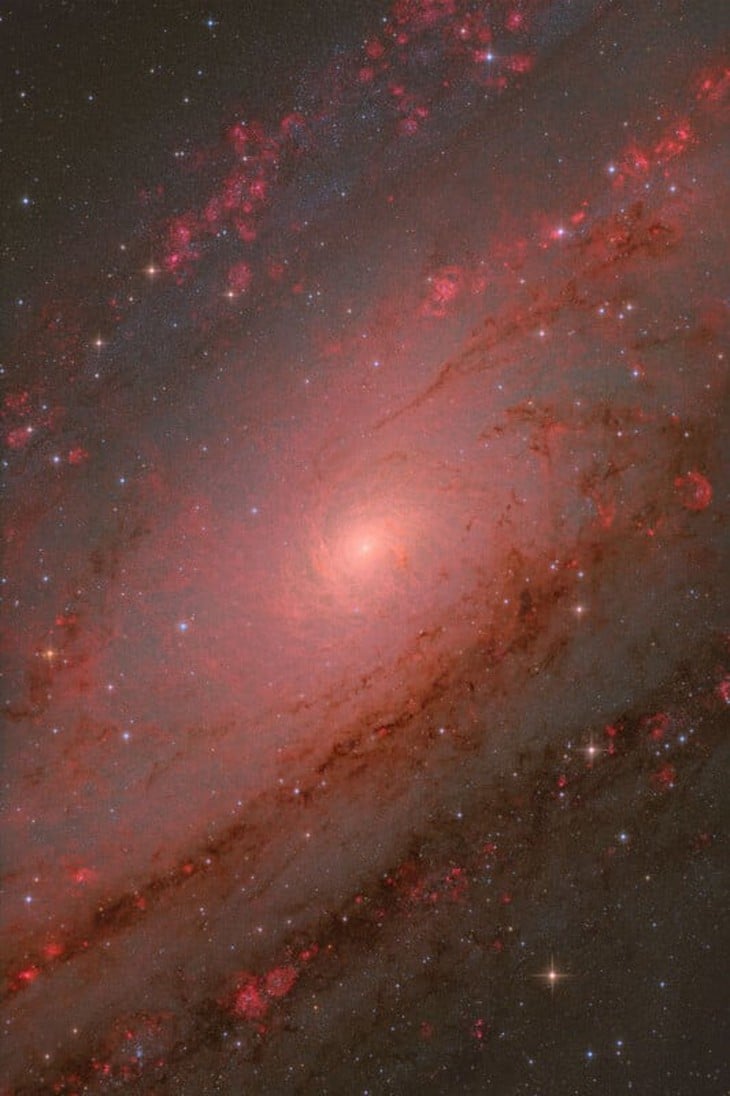
The photo "Andromeda Spiral Galaxy" by Weitang Liang, Qi Yang and Chuhong Yu won the top prize of this year's contest.
This year's Astronomy Photography Competition winner was Weitang Liang, Qi Yang and Chuhong Yu with their image of the Andromeda spiral galaxy . Captured over 39 hours of observation, the image shows unprecedented detail of the Milky Way's nearest neighbor.
The ZWO Astronomy Photographer of the Year competition is an annual event organized by the Royal Greenwich Observatory (UK) in collaboration with ZWO Astronomy Equipment Company, considered the "Oscar of the world's astrophotography village".
2025 marks the 17th edition of the competition, attracting more than 5,800 entries from around the world. Entries are divided into a variety of categories, including: Auroras, Our Moon, Our Sun, People & Space, Planets, Comets & Asteroids, Skyscapes, Stars & Nebulas, Emerging Faces Award, Young Photographer Award, Annie Maunder Open Prize and the Sir Patrick Moore Foundation Special Award.
The competition results were announced on September 11, in an online ceremony. The winning photos will be on display at the National Maritime Museum in the UK from September 12, 2025.
This is not only a place to honor the beautiful moments of the night sky, but also gives the public the opportunity to admire the majesty of the universe through the lenses of talented astrophotographers.
Young Astronomy Photographer of the Year goes to Daniele Borsari (Italy) for his image "Orion, the Horsehead and the Flame in H-alpha". Instead of opting for the usual vibrant color palette, Borsari used the H-alpha filter to create a unique black and white image, emphasizing the shapes and outlines of the nebulae.
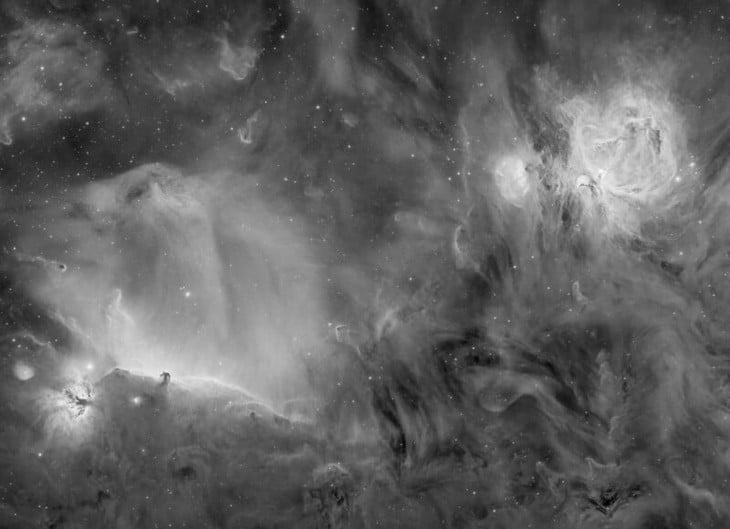
The photo "Orion, the Horsehead and the Flame in H-alpha" helped Daniele Borsari (Italy) win the Young Astronomy Photographer of the Year award.
"It was a bold decision to abandon colour in order to focus entirely on structure and detail, and clearly it has paid off beautifully," commented jury member Greg Brown, astronomer at Royal Observatory Greenwich.
In the frame, swirling clouds of gas and dust, alternating between contrasting light and dark areas, and scattered stars seem to be lit up against the deep sky. It is this monochrome that highlights the mystical beauty of the Orion Nebula, Horsehead and Flame, making Borsari the ZWO Young Astronomy Photographer of the Year 2025.
This year's Our Moon category goes to photographer Marcella Giulia Pace, with a photo capturing the light of the Moon as it is scattered and refracted through the Earth's atmosphere, taken in the sky over Sicily (Italy) on April 7, 2024.
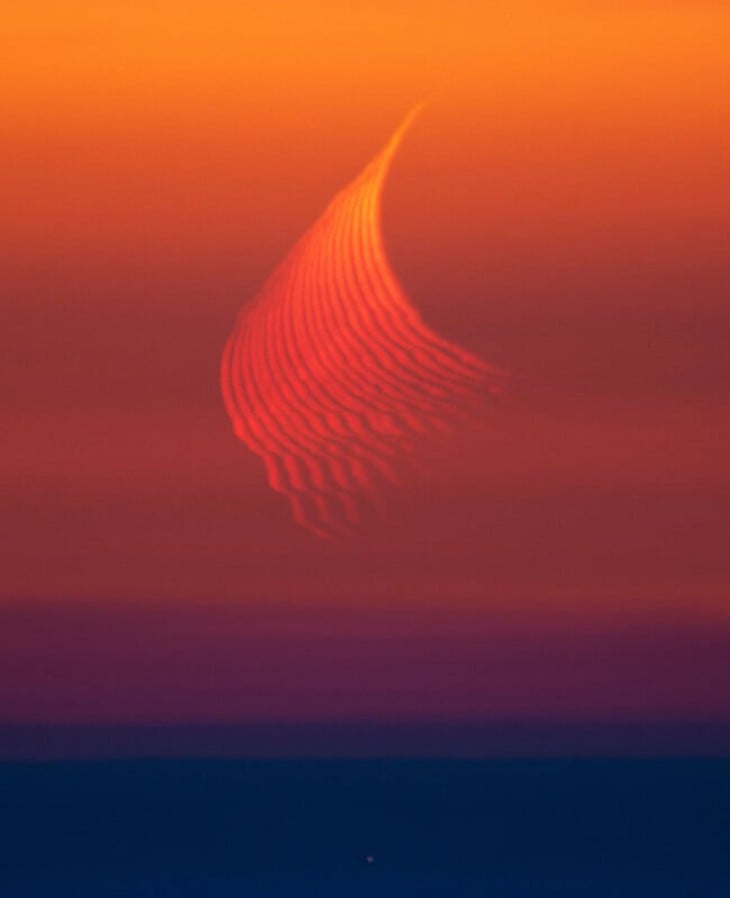
The winning photo in the "Our Moon" category was taken by photographer Marcella Giulia Pace.
In the frame, the halo around the Moon appears with unique bands of color, from red to orange to blue. This phenomenon is the result of Rayleigh scattering, a process in which the Earth's atmosphere deflects shorter wavelengths (blue light), while allowing longer wavelengths (red, orange light) to pass through almost intact.
The photo not only captures the magical beauty of the Moon, but is also a vivid demonstration of the physical laws taking place right in our atmosphere.
The Solar category featured James Sinclair’s work, titled Solar Chromosphere Active Region . The image, taken in September 2024, shows a section of the Sun’s atmosphere, with swirls of vibrant red and orange hues centered around a dark region near the center.
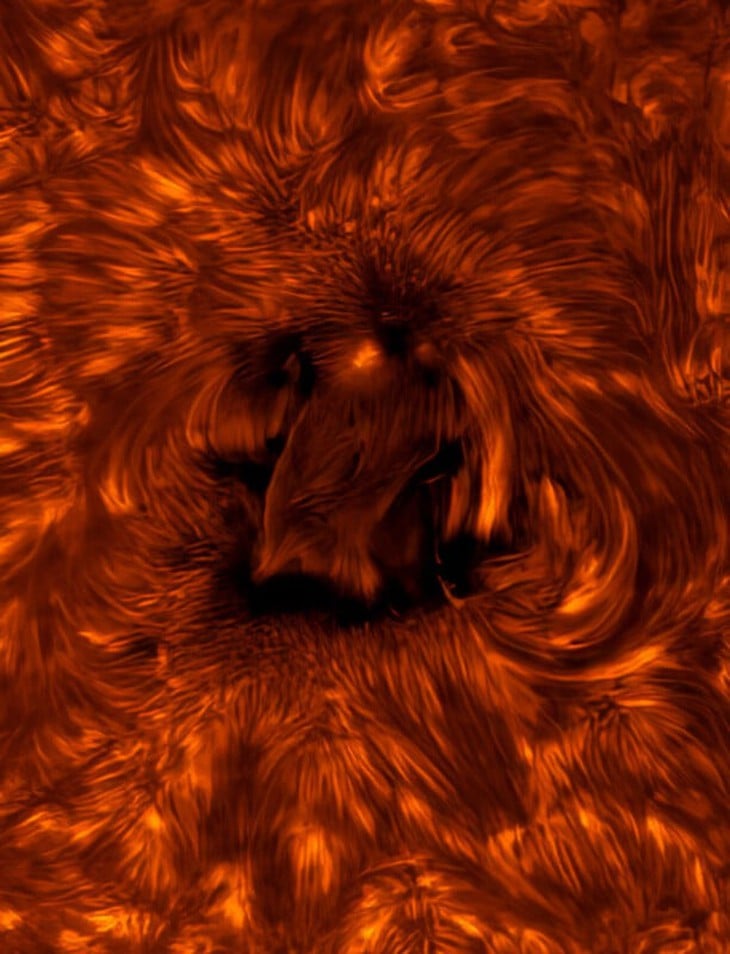
Photo of the Active Region of the Sun's Chromosphere - Photo: James Sinclair
This is the chromosphere, the turbulent atmosphere where hydrogen and helium plasma is constantly being molded and re-molded by the Sun's ever-changing magnetic field.
This image, created from a single 10-second exposure using the Lunt 130mm telescope and Player One Astronomy camera, offers a detailed and breathtaking view of one of the most vibrant phenomena of the solar system's central star.
Tom Williams's image , ISS Moon Flyby , won the People & Space category. The image shows the International Space Station (ISS), highlighted in its familiar "H" shape, gliding very close to the cratered surface of the Moon against a dark sky.
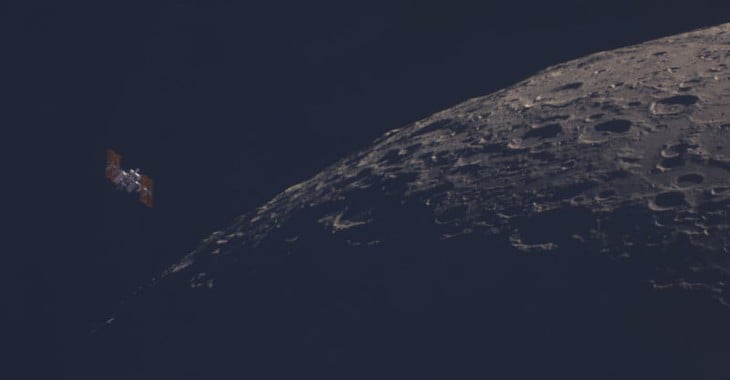
ISS's flyby of the Moon - Photo: Tom Williams
This special moment was captured from Wiltshire, UK, on October 27, 2024. To capture the fleeting flyby that lasted just a split second, Williams used the Sky Watcher 400P GoTo Dobsonian telescope and an astrophotography camera with an ultra-short exposure time of just 1.5 milliseconds.
The photo not only shows the magnificence of the Moon, but also reminds us of the great scientific achievements of mankind operating right in orbit around the Earth.
The Planets, Comets & Asteroids category features Dan Bartlett's image of Comet 12P/Pons−Brooks taking its final bow . The image, taken at June Lake, California on March 31, 2024, captures the bright comet with its long tail shining against a starry sky.
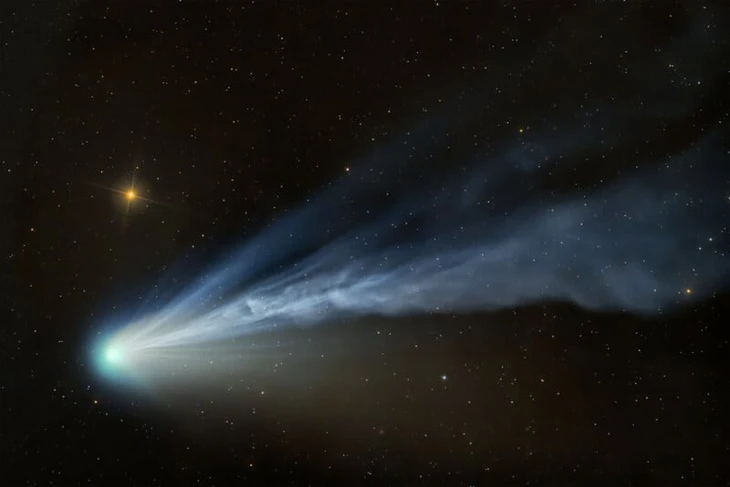
Comet 12P/Pons−Brooks takes its final bow - Photo: Dan Bartlett
The Sun was in its active phase at the time, making the photo all the more special. Bartlett skillfully captured the magical beauty of comet 12P/Pons−Brooks, a celestial body that will not be seen near Earth again for decades, making the moment all the more precious.
The Skyscapes category is highlighted by Tom Rae’s The Ridge . This stunning panorama, taken in Aoraki/Mount Cook National Park, New Zealand, on April 8, 2024, shows the Milky Way arching brightly across the night sky, reflecting off icy streams flowing through the rocky landscape.
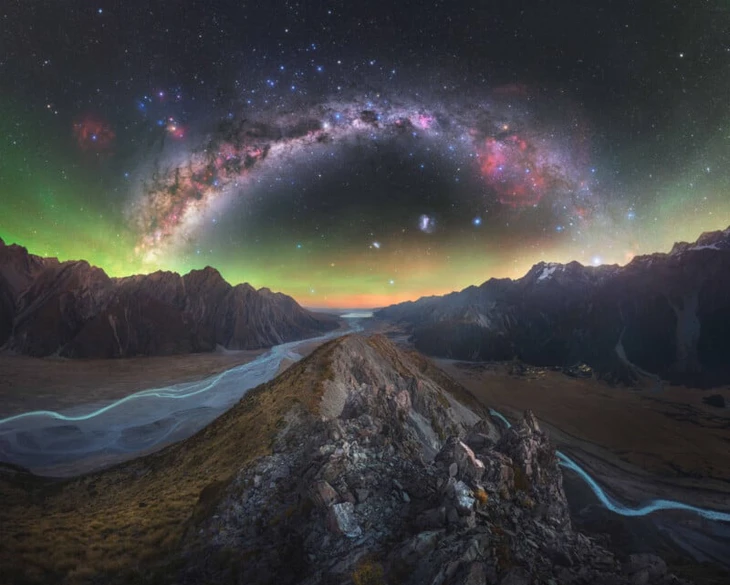
The winning photo in the Sky category "The Ridge" - Photo: Tom Rae
To create this work, Tom Rae combined 62 individual photos, totaling more than one billion pixels, creating a breathtaking scene that is both majestic and poetic.
The Stars and Nebulae category features M13: Ultra-Deep Exposure of the Hercules Cluster by the Distant Luminosity team (Julian Zoller, Jan Beckmann, Lukas Eisert, and Wolfgang Hummel). The image captures the great globular cluster Hercules, located about 22,200 light-years from Earth in the constellation Hercules.
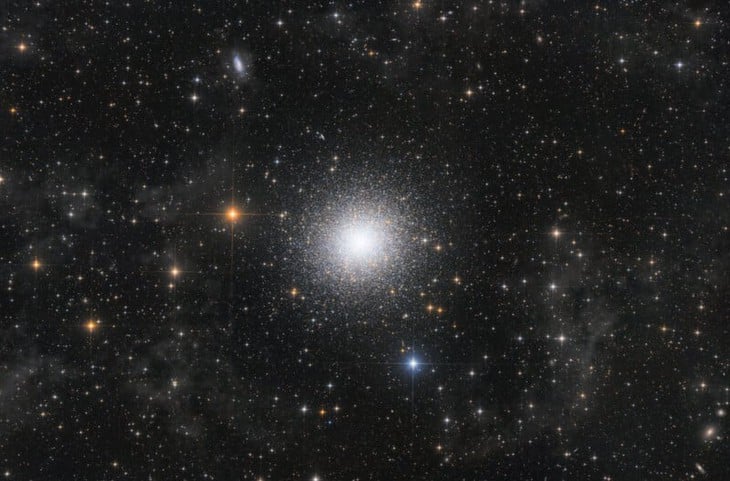
"M13" by photographers Julian Zoller, Jan Beckmann, Lukas Eisert and Wolfgang Hummel.
To create a brilliant scene like "a star city", the team of authors used a 200mm Newtonian telescope combined with a ZWO ASI2600MM Pro camera, with a total exposure time of more than 29 hours.
The Sir Patrick Moore Award for Best Newcomer went to Yurui Gong and Xizhen Ruan for their photo, Encounter Across Light Years . The work captures the surprising moment when a meteor from the Perseid meteor shower streaks across the sky, right in the location of the Andromeda spiral galaxy (M31).
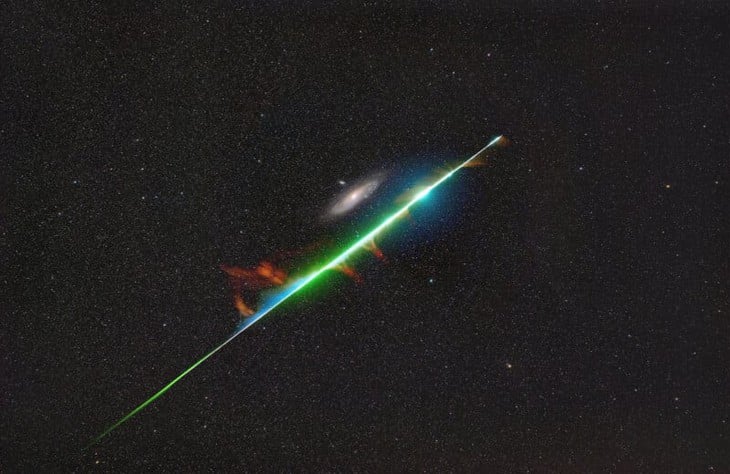
Yurui Gong and Xizhen Ruan won the Sir Patrick Moore Prize with their photograph Encounter Across Light Years.
The photo was taken on the night of the meteor shower's peak, August 12, 2024, in Zhucheng City (China) with a Nikon Z 30 camera. The combination of the meteor's bright streak and the hazy beauty of the distant galaxy created a spectacular, emotional scene.
Leonardo Di Maggio's "The Fourth Dimension" won the Open category. The work presents an eerie monochrome scene reminiscent of an "alien city."
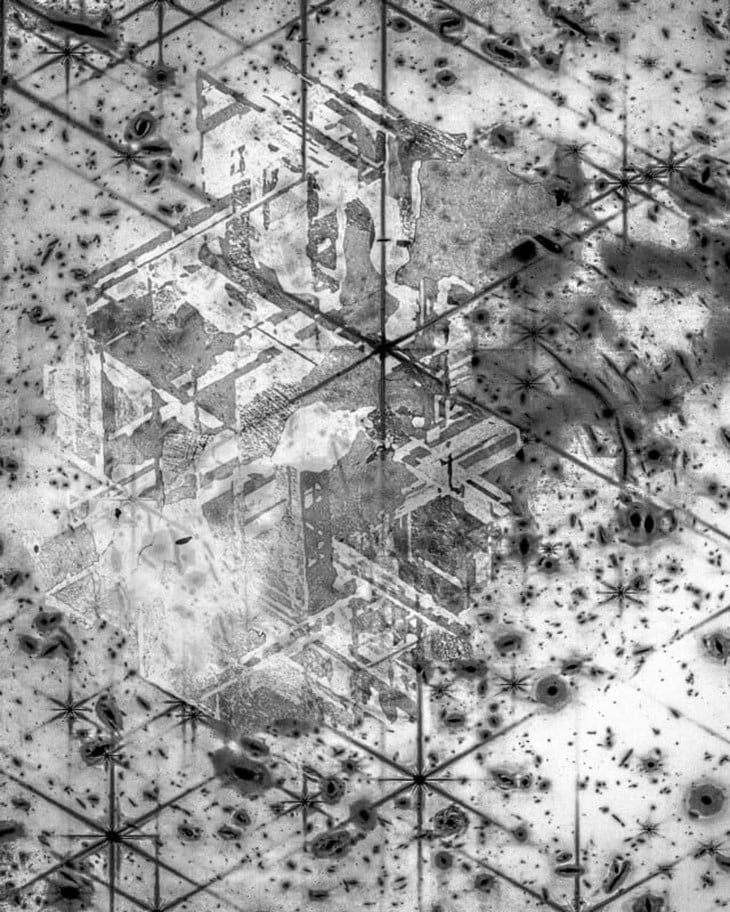
"The Fourth Dimension" - Photo: Leonardo Di Maggio
Leonardo Di Maggio combined images of geometric patterns inside a meteorite with gravitational lensing data from the James Webb Telescope. This superimposition creates a unique visual effect, opening up a mysterious and fascinating fourth dimension.
Source: https://tuoitre.vn/oscar-cua-nhiep-anh-thien-van-andromeda-va-nhung-tuyet-tac-bau-troi-dem-2025-20250912144007909.htm


![[Photo] Prime Minister Pham Minh Chinh chairs the Conference to deploy the National Target Program on Drug Prevention and Control until 2030](https://vphoto.vietnam.vn/thumb/1200x675/vietnam/resource/IMAGE/2025/10/09/1759990393779_dsc-0495-jpg.webp)

![[Photo] Prime Minister Pham Minh Chinh chairs a meeting of the Government Standing Committee on overcoming the consequences of natural disasters after storm No. 11](https://vphoto.vietnam.vn/thumb/1200x675/vietnam/resource/IMAGE/2025/10/09/1759997894015_dsc-0591-jpg.webp)

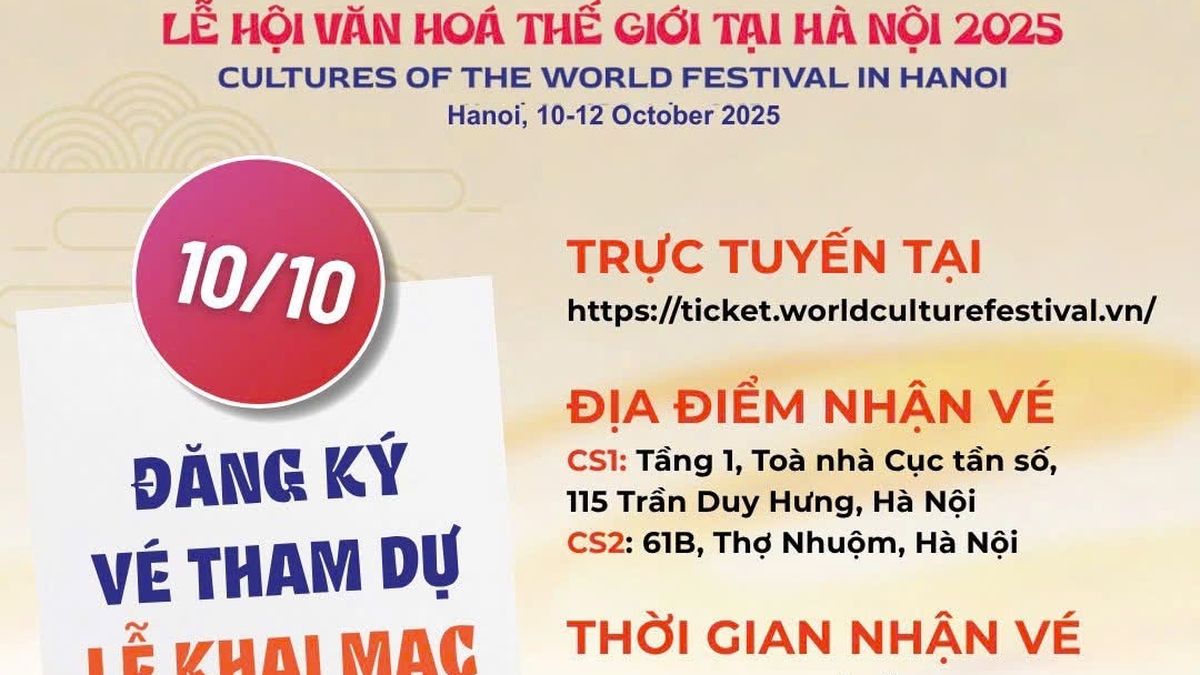








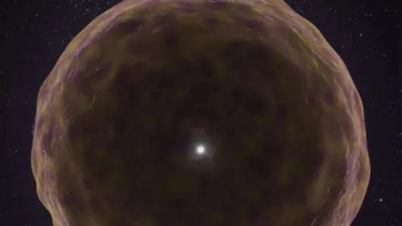
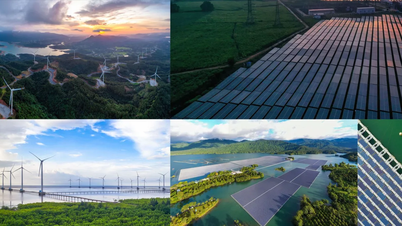



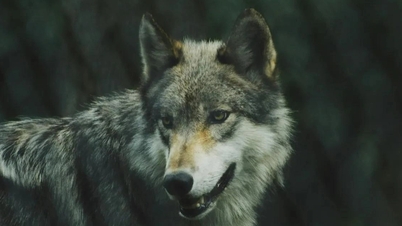

















































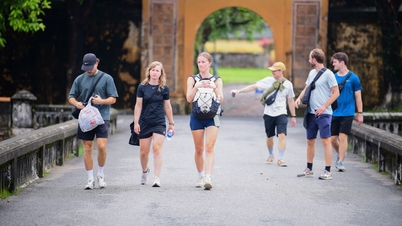







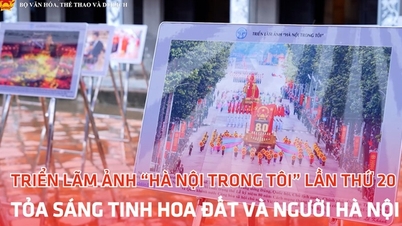
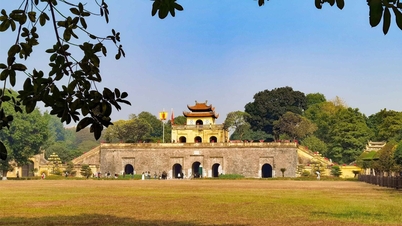

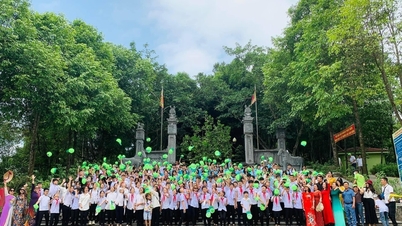
















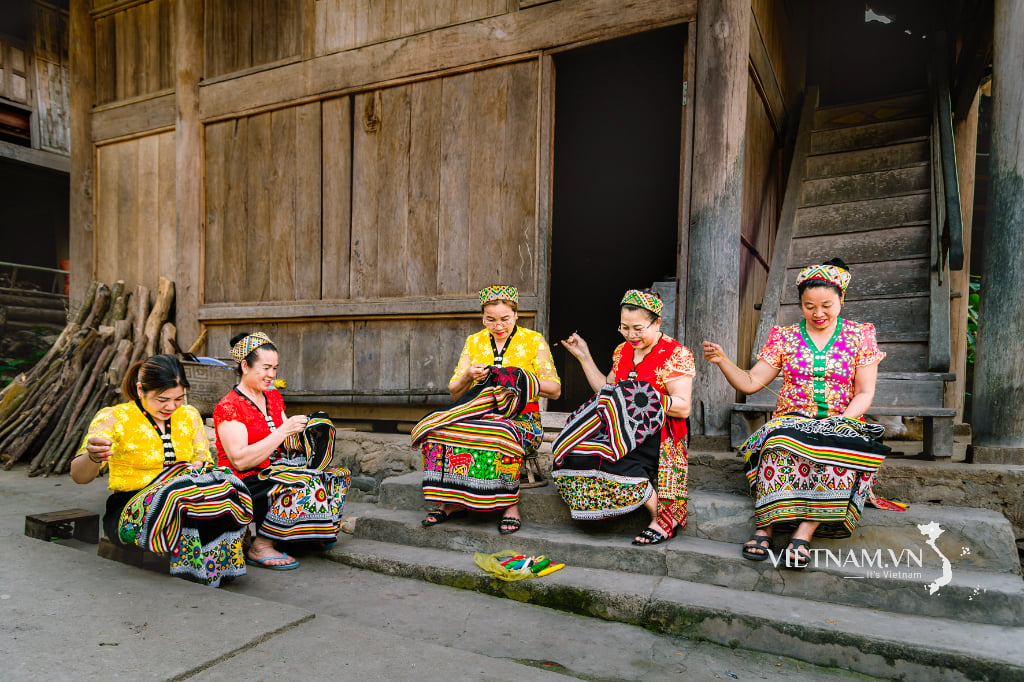


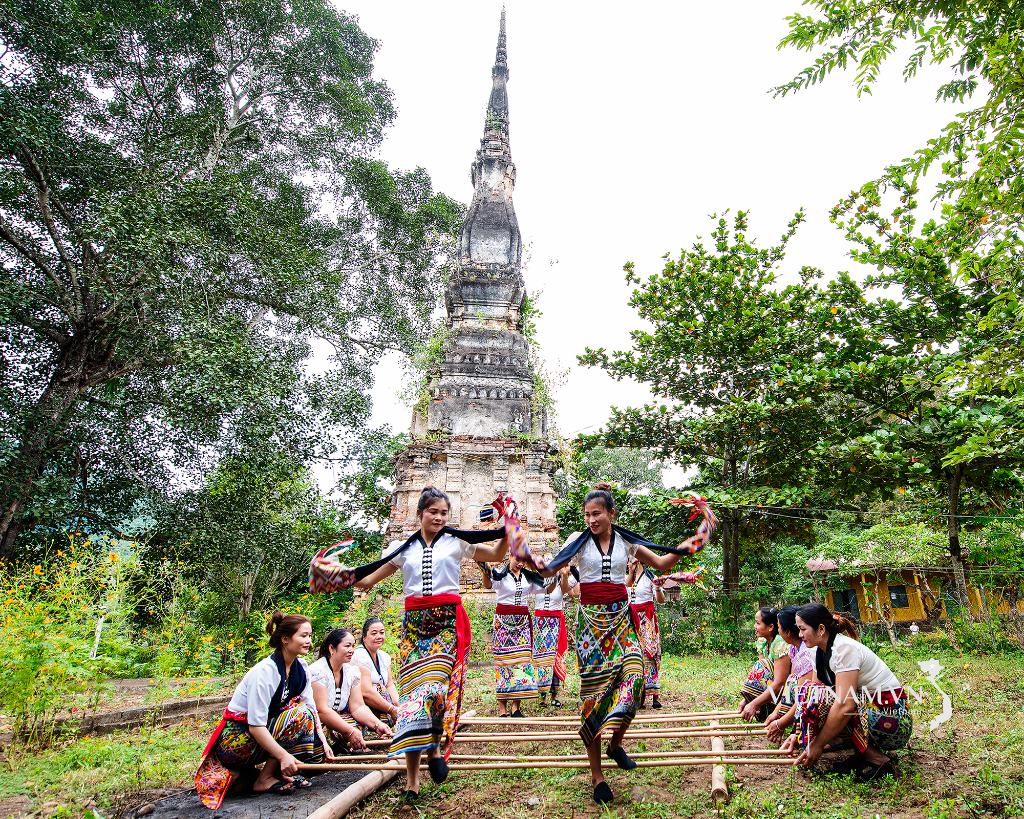
Comment (0)